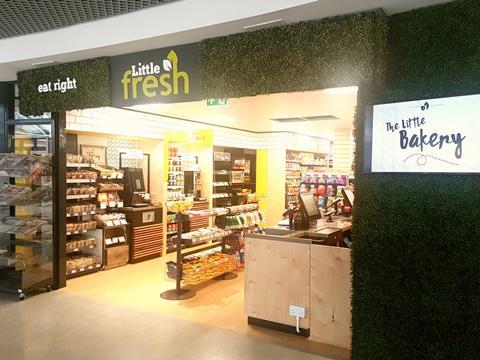
Foodvenience. As a grocery term it’s up there with ‘tummy touch points’ in its naffness, but as a concept it could just be the answer to one of the industry’s burning questions: How can traditional c-store operators really cash in on the huge trend towards food to go?
The term was coined last week by Simply Fresh creative director Davinder Jheeta, who was describing the company’s latest convenience proposition, Little Fresh. The new, smaller store concept looks to bridge the gap between foodservice and traditional convenience. Outlets, of which there are currently three up and running, will range between 200 sq ft and 1,000 sq ft, and 95% of what they sell will be foodservice and food to go lines, with traditional grocery making up just 5%.
Simply Fresh co-founder and MD Kash Khera told The Grocer last week he hoped to have 10 Little Fresh stores trading over the next eight months, during which time he plans to refine the offer still further before offering it to independent retailers.
Of course, it will be up to retailers to decide if they want to go down this route. But to my mind this is just the sort of concept they can look to as they ponder their best way forward in ensuring they don’t miss out on the food to go boom.
Earlier this month, IGD predicted the food to go market in the UK would grow by 35% to £23.5bn over the next five years. However, the interesting details in its breakdown of how this would come about showed that traditional convenience and forecourt stores would grow food to go sales by 33%. This was just ahead of supermarkets at 31%, but a long way behind coffee specialists with 45% growth and food to go specialists such as Pret or Eat expected to deliver a staggering 51% uplift in sales.
The likes of Pret, Starbucks and Leon have not only proved successful in growing store numbers, but they have been agile too, developing innovative concepts such as Veggie Pret and rolling them out to market quickly.
Companies such as these, of course, have the scale to try new concepts – and this also makes them better able to afford to fail than a traditional independent retailer. I have seen some responses from some retailers to news of Little Fresh suggesting the concept would be a flash in the pan as consumer spending gets squeezed. But I just can’t see that happening – the traditional operators cannot bury their heads in the sand on this one. Food to go as a concept is here to stay and will only grow and grow. Like the rise of the discounters following the credit crunch, shopper behaviours have changed and won’t return to preconceived ideas of normality.
Traditional convenience operators lost out, by and large, to online and specialist stores when it came to the last big opportunity in their sector – which was vaping. It would be a massive shame if they lost out on this next opportunity, which is after all the very essence of what they do: convenience retailing.
New concepts like Little Fresh will clearly not work everywhere. They will have to be well targeted in terms of location, range, quality and price – but that goes for all retailing. What they show is that independents can genuinely compete with the big guns in this sector. And, as they say, fortune favours the brave.


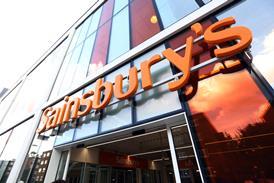
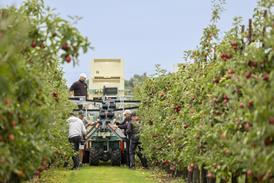
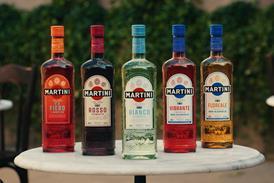



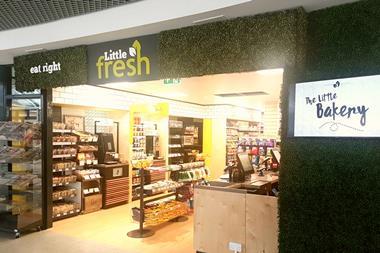
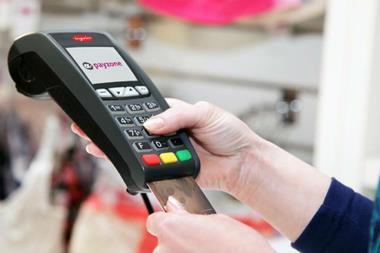
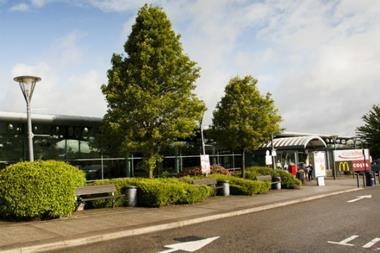
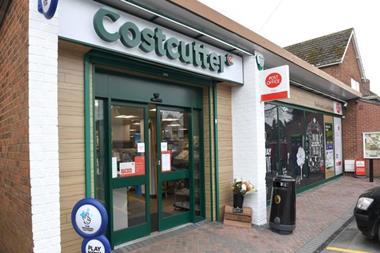

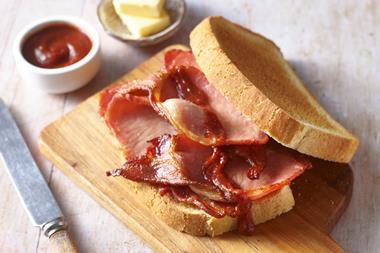


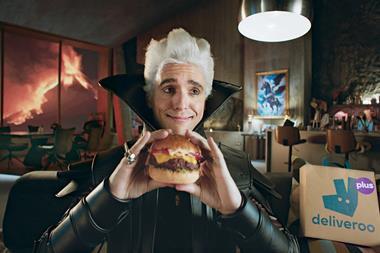
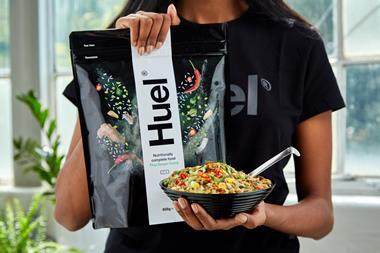

No comments yet